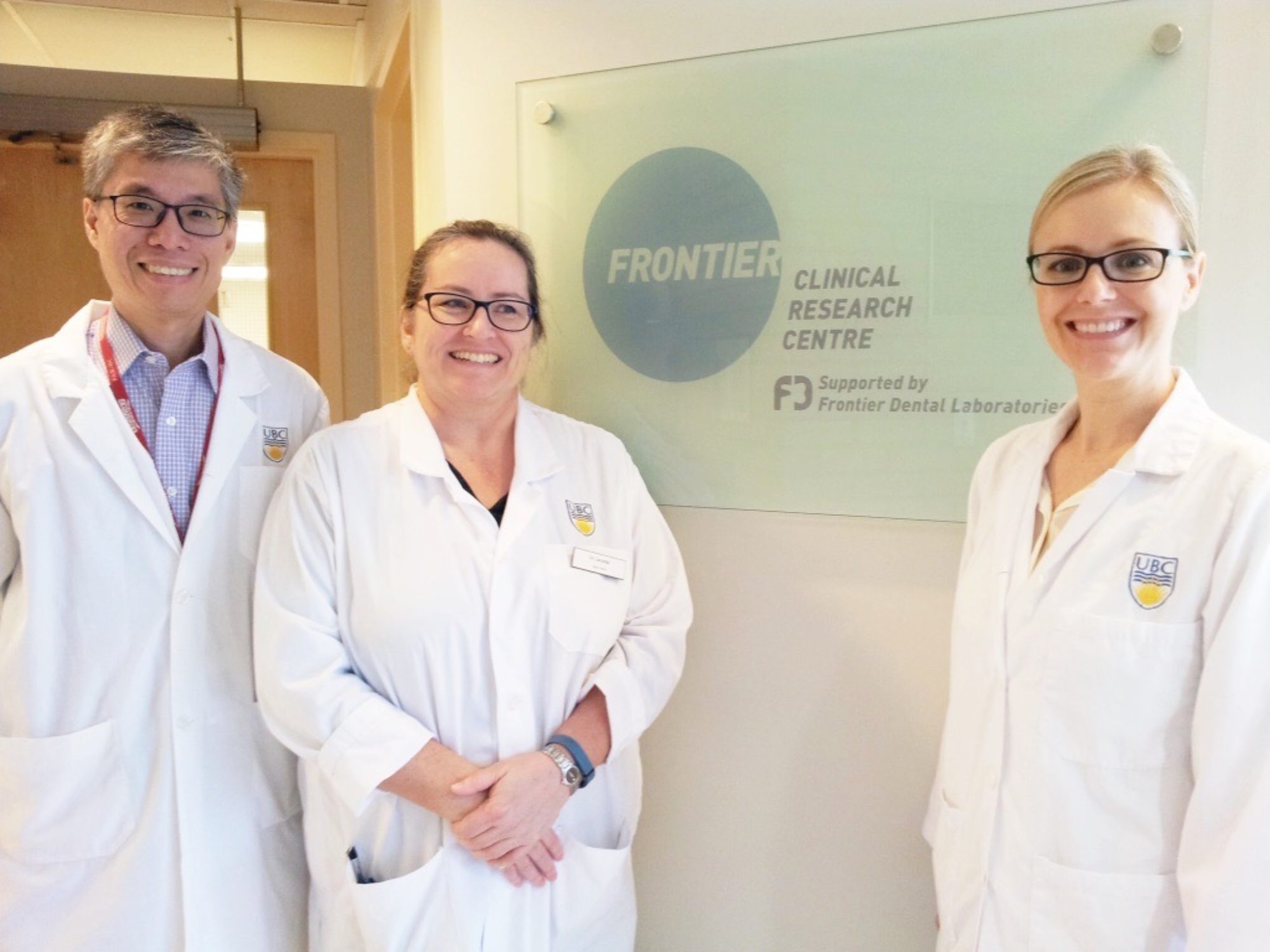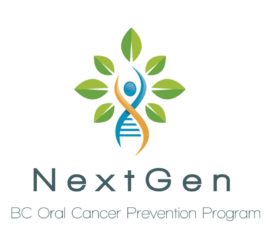Oral cancer is a global disease affecting 300,000 people, including more than 4,000 Canadians, annually. However, the prevalence of oral premalignant lesions (OPLs) is much larger, about 1.7% of the population, which poses a challenge for clinical management: how to identify which OPLs will progress to oral squamous cell carcinoma (OSCC).
A significant proportion of high-grade OPLs (severe dysplasia) will progress to OSCC and are treated accordingly; however, the majority of low-grade OPLs (mild and moderate dysplasia) do not progress and will require clinical follow-up to monitor for change. However, there are barriers in the early detection of OPL at high-risk of progression along with difficulties developing strategies to manage the disease. The lack of a chairside test to assess risk of progression contributes, in part, to the high proportion of OSCC diagnosed at a late stage (~60%) and poor 5-year survival rates.
We have developed the only validated risk predictor for low-grade OPLs, a genome marker-based technology (gMART) that uses loss-of-heterozygosity (LOH) patterns in 5 key regions to accurately classify OPLs at low, medium, or high risk of progression to OSCC.
This predictive ability is further improved to ~ 80% by integration with quantitative pathology analysis (gMART+).7 However, gMART/gMART+ technologies require specialized equipment and expertise, which obstructs widespread implementation.
We propose to build on this information by creating a clinic that will manage high-risk (HR) lesions identified by gMART+. Our goal is the further development and utilization of these strategies and to put them into action.
Our vision for this clinic is to have the clinic be community-centred, with patients identified and triaged to it via the development of dental networks through the community screening initiative (CSI). This clinic will follow HR low-grade OPLs including patients from underserved communities, will provide high-quality follow-up for HR patients; and provide a venue for research that will further target these patients for management.

